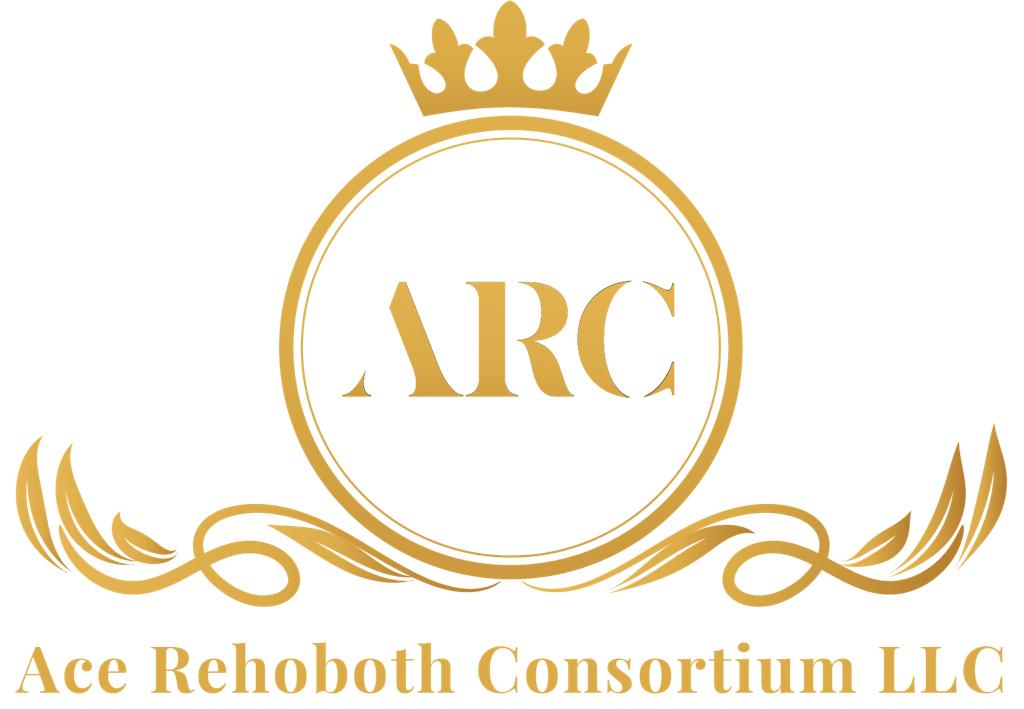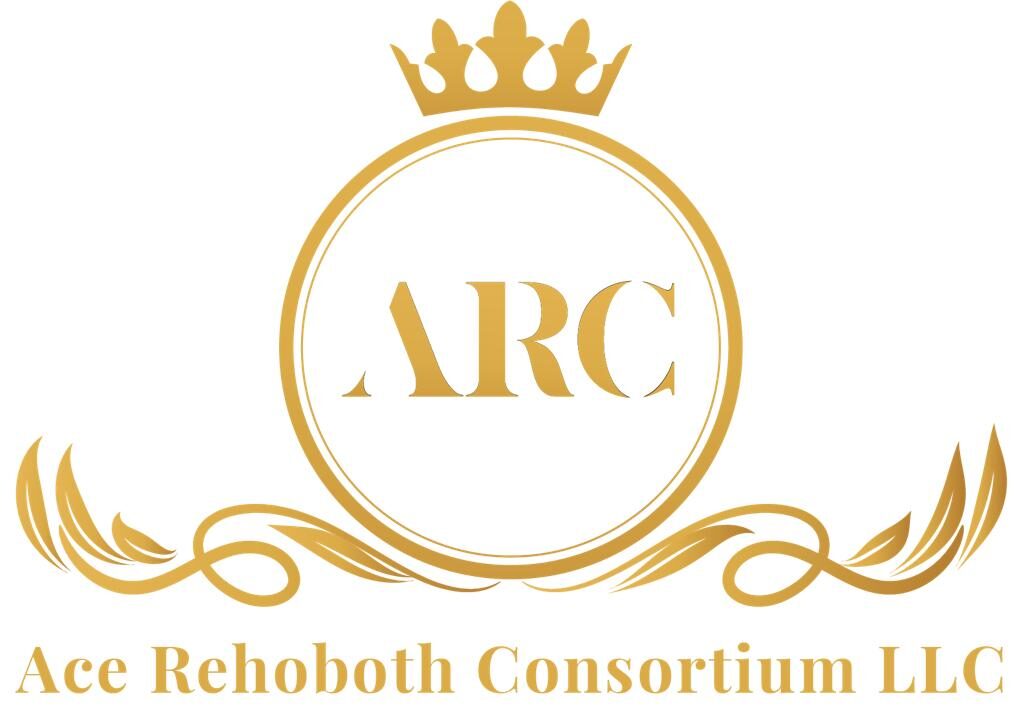As September marks Life Insurance Awareness Month, it’s a perfect time to explore the various types of life insurance available. Life insurance plays a crucial role in financial planning, offering peace of mind and financial protection for loved ones. Understanding the different options can help individuals make informed decisions about their coverage needs.
When it comes to types of life insurance, there’s no one-size-fits-all solution. From term life insurance to permanent life insurance varieties, each type has its own features and benefits. This article will break down the main categories of life insurance, explain their key differences, and help readers determine which option might suit them best. By the end, you will have a clearer picture of the life insurance landscape and be better equipped to choose the right policy for their unique circumstances.
Understanding the Basics of Life Insurance
Life insurance plays a crucial role in financial planning, offering protection and peace of mind for loved ones. To make informed decisions about coverage, it’s essential to understand the fundamental concepts and types of life insurance available.
Term vs. Permanent Insurance
Life insurance policies generally fall into two main categories: term and permanent insurance.
Term life insurance provides coverage for a specified period, typically 10, 20, or 30 years. It offers a death benefit without any savings element or cash value. If the policyholder passes away during the term, beneficiaries receive a lump-sum payment. Term insurance is often compared to renting an apartment, as it’s usually less expensive and doesn’t build equity.
Permanent life insurance, on the other hand, offers lifelong coverage. It’s designed to remain in force until the policyholder’s death, as long as premiums are paid. Permanent insurance is akin to owning a home, with higher costs but the potential to build equity over time.
Both types have their advantages:
Term insurance:
- Simple and relatively inexpensive
- Ideal for specific financial obligations or time frames
- Premiums are locked in for the chosen term
Permanent insurance:
- Lifelong coverage
- Builds cash value over time
- Can be used as a financial tool during the policyholder’s lifetime
Key Components of Life Insurance Policies
Understanding the essential elements of life insurance policies helps in making informed decisions:
- Premium: The amount paid regularly to maintain coverage.
- Death Benefit: The sum paid to beneficiaries upon the policyholder’s death.
- Cash Value: In permanent policies, a portion of premiums builds cash value over time.
- Beneficiaries: Individuals or entities designated to receive the death benefit.
- Policy Term: For term insurance, the duration of coverage.
Factors Affecting Premiums
Several factors influence the cost of life insurance premiums:
- Age: Younger individuals generally pay lower premiums due to longer life expectancy.
- Gender: Women often have lower rates as they statistically live longer than men.
- Health: Overall health status and medical history impact premium costs.
- Smoking Status: Smokers typically pay significantly higher premiums than non-smokers.
- Coverage Amount: Higher coverage results in higher premiums.
- Policy Type: Term insurance is usually less expensive than permanent insurance.
- Lifestyle and Occupation: High-risk activities or dangerous professions may increase premiums.
- Family Medical History: A history of certain conditions in immediate family members can affect rates.
- Driving Record: A clean driving record often leads to more favorable premiums.
Understanding these factors helps individuals manage costs and choose appropriate coverage. It’s advisable to secure coverage early, as premiums are generally lower when purchased at a younger age.
While cost is an important consideration, it’s crucial to balance affordability with adequate coverage. A common guideline suggests obtaining coverage that’s at least 10 times the policyholder’s annual salary.
By grasping these basics, individuals can make more informed decisions when selecting life insurance policies that best suit their needs and circumstances. It’s always beneficial to consult with a licensed insurance advisor to explore options and tailor coverage to specific financial goals and situations.
Exploring Term Life Insurance Options
Term life insurance offers various options to suit different needs and financial situations. Understanding these options helps individuals choose the most appropriate coverage for their circumstances.
Level Term
Level term life insurance provides a consistent death benefit throughout the policy’s duration. This means beneficiaries receive the same payout regardless of when the policyholder passes away during the term. It’s often referred to as “level benefit term life insurance” due to this unchanging feature.
Level term policies typically offer:
- Predictable coverage: The fixed death benefit allows for easier financial planning.
- Stable premiums: Most level term policies maintain the same premium throughout the term.
- Long-term affordability: While initial costs may be higher than other options, level term can be more cost-effective over time.
These policies are particularly beneficial for those seeking consistent coverage and budget-friendly options. They allow individuals to lock in rates based on their current health, which can be advantageous for young, healthy applicants.
Decreasing Term
Decreasing term life insurance features a death benefit that reduces over time, usually aligning with declining financial obligations. This option is often used to cover specific debts or expenses that decrease over time, such as mortgages or business loans.
Key aspects of decreasing term policies include:
- Declining coverage: The death benefit decreases according to a predetermined schedule.
- Lower premiums: These policies are typically less expensive than level term options.
- Specific use cases: Ideal for covering amortizing loans or temporary financial responsibilities.
Decreasing term insurance can be a cost-effective solution for those with specific, diminishing financial obligations. However, it’s important to consider that the coverage may not be sufficient for unexpected future needs.
Annual Renewable Term
Annual renewable term (ART) life insurance provides coverage for one year at a time, with the option to renew annually without a medical exam. This short-term option offers flexibility but comes with certain considerations.
Characteristics of ART policies:
- Short-term coverage: Policies are renewed yearly, allowing for adjustments as needs change.
- Initial affordability: Premiums often start lower than other term options.
- Increasing costs: Rates typically rise each year as the policyholder ages.
ART can be suitable for individuals with temporary insurance needs or those anticipating significant life changes in the near future. However, it’s important to note that premiums can become substantially higher over time compared to longer-term options.
When considering term life insurance options, individuals should evaluate their long-term financial goals, current health status, and budget constraints. Level term offers stability and predictability, decreasing term aligns with specific declining obligations, and annual renewable term provides short-term flexibility.
It’s advisable to consult with a licensed insurance professional to determine which option best suits individual circumstances. By understanding these different term life insurance options, individuals can make informed decisions to protect their loved ones and financial interests effectively.
Permanent Life Insurance Varieties
Permanent life insurance offers lifelong coverage and includes several types of policies. These policies provide protection that lasts a lifetime and often include a cash value component. Let’s explore the main varieties of permanent life insurance.
Whole Life Insurance
Whole life insurance is the most common form of permanent life insurance. It provides coverage for the policyholder’s entire life, as long as premiums are paid. This type of policy offers several key features:
- Guaranteed death benefit
- Fixed premiums that never increase
- Cash value accumulation
The cash value component grows tax-deferred and can be used in various ways. Policyholders can borrow against it, use it to pay premiums, or withdraw funds for other purposes. However, it’s important to note that loans or withdrawals may reduce the death benefit.
Whole life insurance can play a significant role in retirement and financial planning. It provides a guaranteed asset that remains in place for the policyholder’s entire life, offering peace of mind and financial security.
For those who purchase a policy from a mutual insurance company, there’s an additional benefit: the potential for dividend payments. While not guaranteed, these dividends can be used to build cash value faster, buy additional insurance, or even pay premiums.
Universal Life Insurance
Universal life insurance (UL) is another type of permanent life insurance that offers more flexibility than whole life. It provides lifetime protection while building cash value, but with some key differences:
- Flexible premiums: Policyholders can adjust their premium payments within certain limits.
- Adjustable death benefit: The coverage amount can be increased or decreased as needs change.
- Interest-sensitive cash value: The policy’s cash value earns interest based on current market rates.
UL policies allow for more customization to fit changing financial circumstances. However, this flexibility comes with some trade-offs. If minimal premium payments are made for too long, it can impact cash value growth and potentially cause the policy to lapse.
There are several subtypes of universal life insurance:
- Guaranteed Universal Life: Offers fewer cash value growth opportunities but provides more stable premiums and death benefits.
- Indexed Universal Life: Links cash value growth to the performance of a stock market index.
- Variable Universal Life: Allows policyholders to invest the cash value in various subaccounts, similar to mutual funds.
Variable Life Insurance
Variable life insurance combines a death benefit with an investment component, offering the potential for higher returns but also carrying more risk. Key features include:
- Investment options: Cash value can be invested in a variety of mutual fund-like subaccounts.
- Market-linked performance: The policy’s cash value and death benefit can fluctuate based on investment performance.
- Tax advantages: Growth within the policy is tax-deferred, and loans can provide tax-free income.
Variable life insurance policies require more active management than other types of permanent insurance. Policyholders need to monitor their investments and may need to adjust their strategies over time.
It’s important to note that variable life insurance carries more risk than other permanent life insurance options. Poor investment performance can lead to lower cash value and potentially a reduced death benefit.
When considering permanent life insurance, it’s crucial to evaluate your long-term financial goals, risk tolerance, and need for flexibility. Each type of policy offers unique benefits and considerations. Consulting with a licensed insurance professional can help you determine which option aligns best with your individual circumstances and financial objectives.
Conclusion
Life insurance is a crucial tool for financial planning, offering various options to suit different needs and circumstances. From term life insurance with its flexibility and affordability to permanent life insurance with its lifelong coverage and cash value accumulation, individuals have a range of choices to protect their loved ones financially. Each type has its unique features and benefits, making it essential to carefully consider personal goals, financial situation, and long-term plans when selecting a policy.
Understanding the different types of life insurance is key to making informed decisions. Whether opting for the simplicity of term insurance or the comprehensive coverage of permanent policies, the right choice depends on individual needs and preferences. To find the best fit, it’s wise to consult with a licensed insurance professional like Ace Rehoboth Consortium LLC who can provide personalized guidance based on specific circumstances and financial objectives.

